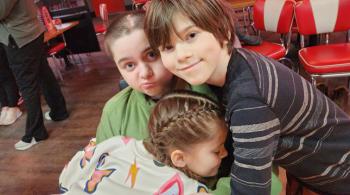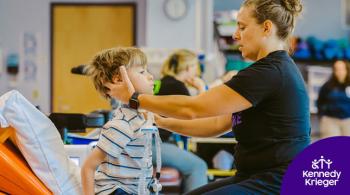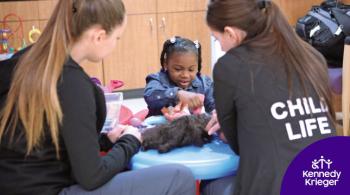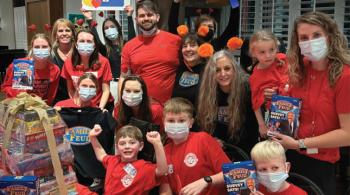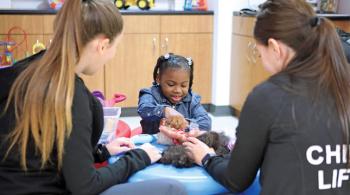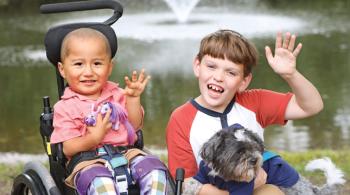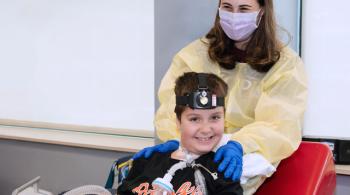By Laura Thornton
As Kailyn stepped up to the registration table, she exuded a sense of confidence and ease that her mother, Kimberly, never would have thought possible when Kailyn was younger.
Kailyn had been born about four months early, experiencing a brain injury at birth. As a baby and toddler, she was nonverbal and extremely hyperactive, wouldn’t respond to her name, and had difficulty walking due to low muscle tone, called hypotonia, especially on her left side, Kimberly explains.
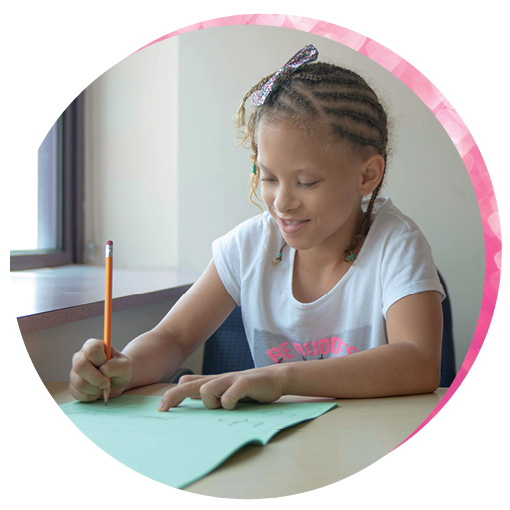
But on July 3, Kailyn, then 9½ and wearing her pink-and-white “Little Miss Delaware” sash, officially entered the 2018 Little Miss United States competition. A few days later, she donned a red satin ball gown—with hoop skirt and crinoline petticoat—and a pair of low-heeled sparkly pumps with ankle straps, and glided down the pageant catwalk.
When a panel of judges asked Kailyn about her platform as Little Miss Delaware, she wasn’t nervous. She’d come so far from her earliest days at Kennedy Krieger Institute, when she still used gestures and mimicry to communicate with others, and she’d practiced what she was going to say.
“You cannot hold kids with disabilities back,” Kailyn told the judges. “You have to expect that they can do anything!”
Early Therapies Paved the Way
Kailyn was not quite 3 when she first started coming to Kennedy Krieger. She began with speech-language therapy, and was soon doing occupational and feeding therapies, too. Hypotonia made it hard for her to move her mouth and facial muscles to speak and eat, and to keep her balance when she walked.
She soon received a variety of diagnoses: mixed receptive and expressive language disorder, which made it difficult for her to express herself and understand what others were saying; dysarthria, a speech disorder caused by the muscle weakness of hypotonia; dyslexia; and other disorders.
But six-plus years of therapies have helped Kailyn become who she is today: a fourth-grader who excels at spelling and multiplication; a dancer, pianist and gymnast; a social member of her church and community; and a pageant winner with an important message to share.
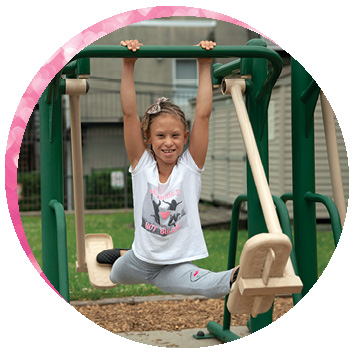
“Kailyn’s therapists at Kennedy Krieger have gotten her from probably needing special education and heavy medical intervention for the rest of her life,” Kimberly says, “to being at a place where she can function almost normally. That comes from her going to Kennedy Krieger for so long.”
Kailyn’s occupational therapists have helped her develop her fine motor skills, use the left side of her body more easily, and organize and develop her thoughts. Her most recent occupational therapist, Emily Ammann, helped her with both writing and organizational skills.
Ammann found that while creative ideas came easily to Kailyn, it was hard for her to organize them into coherent sentences, and that was getting in the way of the mechanical process of writing. So Ammann helped Kailyn organize her thoughts with graphic organizers like flow charts and story boards.
Because Kailyn loves movement and dancing so much, Ammann worked breaks incorporating these types of activities into Kailyn’s therapy exercises. “She’s so driven to move, and to dance, so it became a motivation during therapy,” Ammann explains.
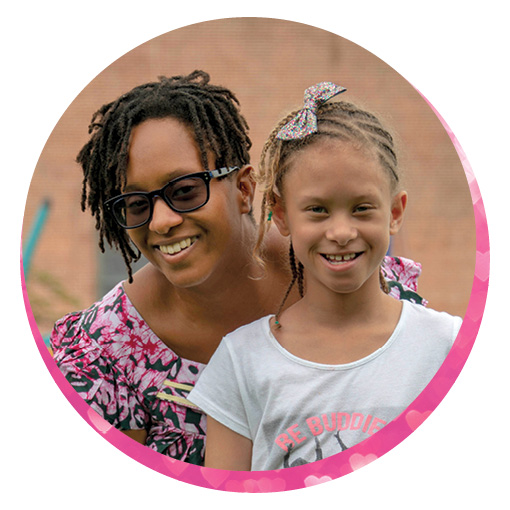
After her therapy appointments, Kailyn often visits one of the Institute’s playrooms staffed by child life specialists. When she was younger, she wouldn’t engage with the other children in the playroom, says child life specialist Sherri Williams. But that’s changed now—Kailyn loves meeting up with her friends in the playroom and engaging in imaginative play with Williams.
“I had to convince Kailyn just this past year,” Kimberly says with a smile, “that Kennedy Krieger is a clinic, not a playground.”
Last June, Kailyn was diagnosed with attention deficit hyperactivity disorder (ADHD)—a diagnosis Kimberly long suspected—following a day-long neuropsychology evaluation at Kennedy Krieger.
“We were so impressed at how far Kailyn has come,” psychologist Dr. Shelley McDermott says, “given her complicated medical history, particularly her history of very premature birth.” As part of Kailyn’s continuing interdisciplinary care plan, Dr. McDermott recommended that Kailyn and her mother participate in behavioral therapy to learn strategies for managing ADHD symptoms.
From Patient to Pageant
In addition to her therapies, Kailyn also takes piano lessons and ballet, hip-hop, jazz and gymnastics classes. When asked by a pageant judge what she wanted to be when she grew up, she replied, “I want to be an actress, a dancer, a pianist and a gymnast, because I like them all, and those are my dreams.”
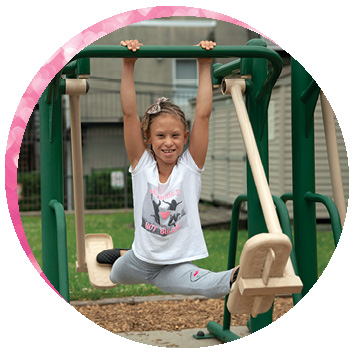
When Kailyn didn’t make it into her studio’s dance company last year, she was offered a scholarship to participate in the Miss United States Pageant organization’s Little Miss Regional Pageant for Delaware, Maryland and Washington, D.C., instead. A pageant representative had been at the company auditions, and had noticed how much Kailyn loved dancing. At the regional and national pageants, Kailyn joined her fellow contestants in group dance performances.
Since winning the Little Miss Delaware crown, “Kailyn hasn’t stopped smiling,” Kimberly says. She particularly enjoys the public appearances she makes as a crown holder—playing the piano at nursing homes, for example, and meeting with elected government representatives to advocate for the inclusion of children with disabilities in the community.
One energetic step at a time, Kailyn’s demonstrating that kids with disabilities can achieve amazing things—they just need to be given the chance.



